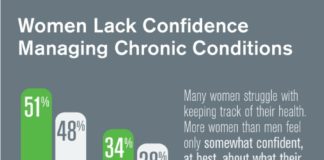Pharma Industry News Update: 7 June 2016
To Develop Useful Mobile Health Apps, Pharma Must Employ a Full-Time Team Approach 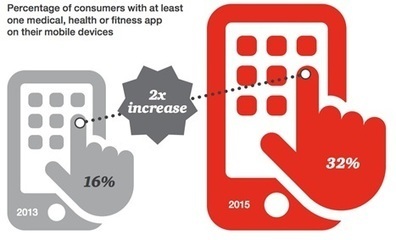
With mobiles apps, utility is king. Bearing in mind that only about 16% of people would try an app more than once, and up to 90% of downloaded apps are used only once then deleted, according to a study by Compuware, identifying users’ real requirements is key to the success of any mobile app.
This increasing adoption of mobile health apps presents a great opportunity for the pharma industry to truly empower patients and healthcare professionals, by providing apps that improve the ways they understand and manage disease. For this shift to happen, new capabilities must be developed to unleash the potential of digital innovation in the healthcare industry.
More here.
The Impact of Pharma’s Consumer Advertising Spend on Patient-Physician Interactions 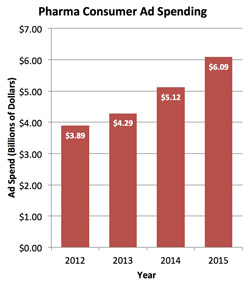
Consumer ad spending by drug makers in 2015 reached $6.09 billion … after $5.12 billion was spent in 2014 and $4.29 billion was spent in 2013. These totals include spending on branded prescription drug ads plus unbranded ads by drug companies promoting awareness of a health condition and directing consumers to get more information, usually leading them to a company website where the prescription drug is offered as a treatment option
Kantar Media also presented some interesting data regarding the yearly trend in the number of Rx drugs with $500,000+ in annual ad spend as well as physician and consumer attitudes toward DTC advertising.
More here.
Rosy Oncology Drug Outlook for Years & Years to Come 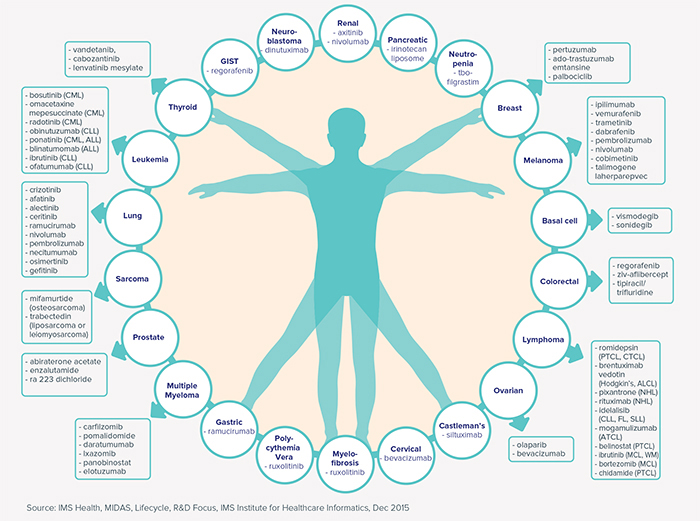
Over Twenty Tumor Types Are Being Treated With New Medicines That Have Been Launched in The Past Five Years.
Over 586 molecules are in clinical development, up 63% over the past 10 years, with targeted agents making up 87% of the current pipeline.
A diverse set of over 500 companies are actively engaged in late phase oncology R&D, including most leading global companies and many newcomers.
More data here.
You might also be interested in reading this article: “Obama’s Cancer ‘Moonshot’ vs the Catch-22 of Oncology.”
Big Pharma Spending on TV Ads Like a Drunken Sailor 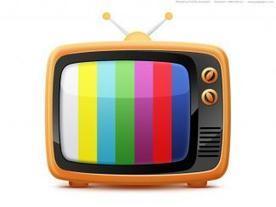
And the spend goes on. The latest pharma ad news is from Morgan Stanley, which notes pharma companies are leading the way in a national TV spending upswing. The pharma category is up 20% in TV spending so far, after increasing by 20% in 2015, according to the research note reported by Yahoo. Overall, TV ad spend increased by 6.4% and 5.3% in Q4 2015 and Q1 2016, respectively.
Data from realtime TV tracker iSpot.tv also showed TV spending up with big jumps in January and February over previous months among the pharma top 10 spenders.
The recent plethora of pharma TV ad spending prompted WPP’s ad buying unit Group M chief investment officer, Rino Scanzoni, to tell the Wall Street Journal in April, “Pharmaceutical companies have been spending money like drunken sailors.”
More here.
Snapchat: A Social Media Platform Too Far for Pharma Marketing? 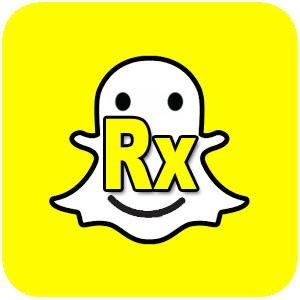
Snapchat is a mobile messaging app, initially used to share photos (snaps) that “self-destructed” seconds after they had been viewed. Demographics for the platform’s user base skew pretty young – 60 percent of US Snapchat users are under 25; 86 percent are under 35.
The 24-hour shelf life of Snapchat messages might heighten engagement as users log on to avoid FOMO (fear of missing out), but Pharmaguy suggests it might not be a ready answer for FOFDAR (fear of FDA regulations) even if it would be difficult for the FDA to document transgressions before offending materials have disappeared.
The transience of Snapchat messaging probably doesn’t make it the best place for straight up drug promotions, but it may be effective in promoting educational events or directing people to more permanent sources of information like websites, or for ongoing patient support and adherence.
More here.



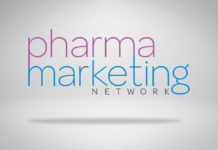
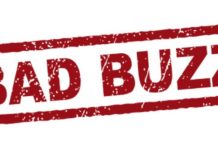
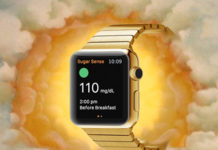
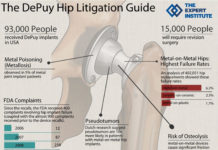
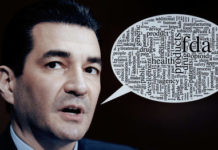
![6 Digital Tools at the Center of Healthcare Digitalization [INFOGRAPHIC]](http://ec2-54-175-84-28.compute-1.amazonaws.com/pharma-mkting.com/wp-content/uploads/2021/04/6DigitalTools_600px-100x70.jpg)




